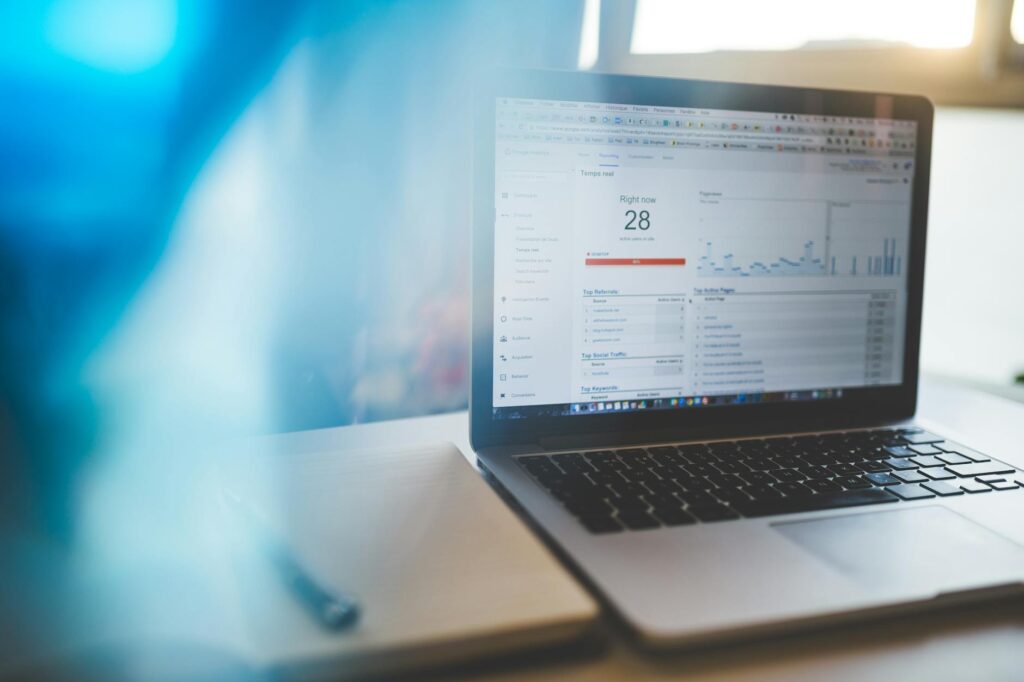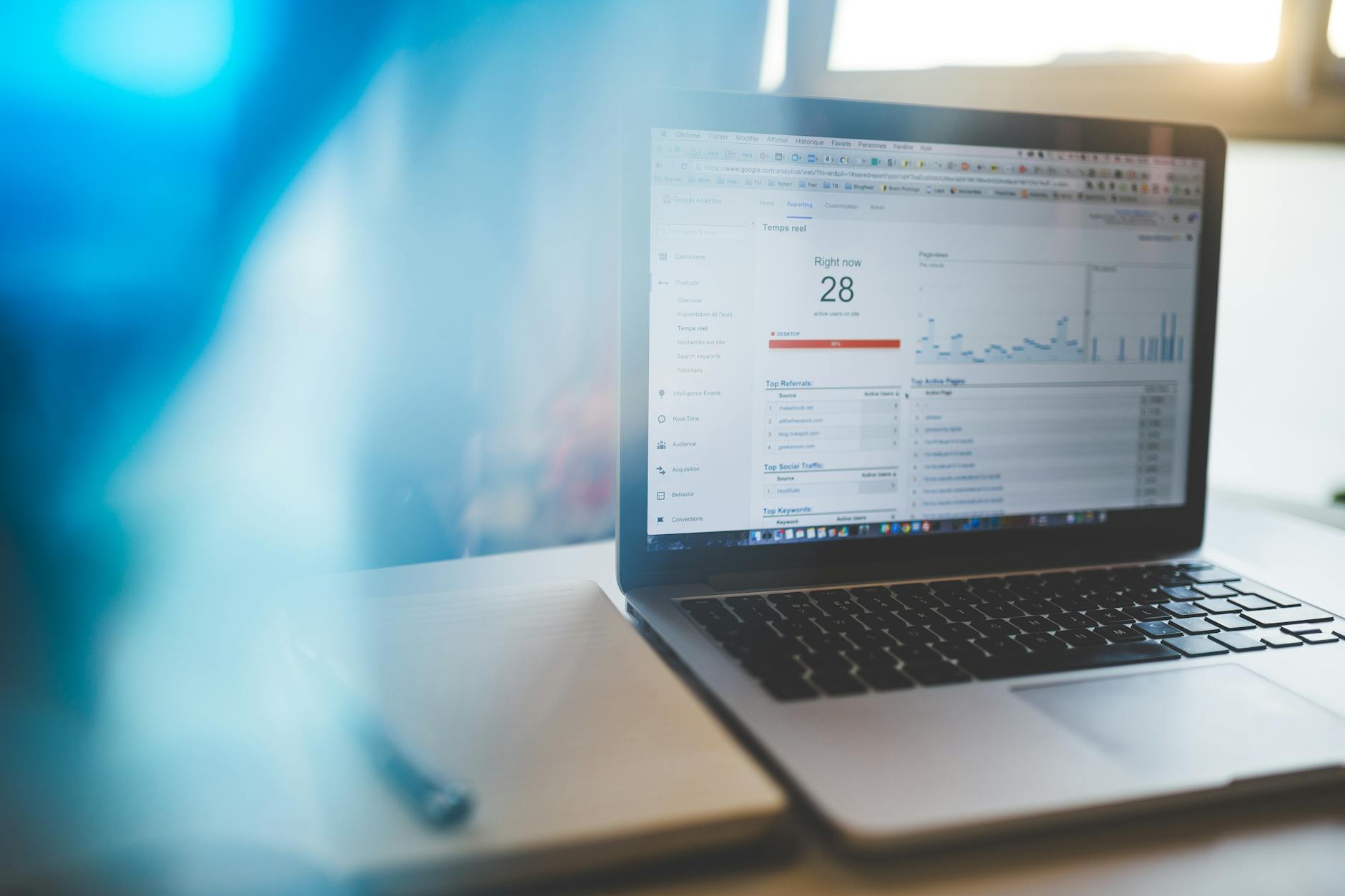What is productivity analysis dashboard?

What is Productivity Analysis Dashboard?
In today’s fast-paced world, tracking and enhancing productivity is more critical than ever. A productivity analysis dashboard serves as a vital tool in this endeavor, consolidating data into a visual format that highlights key productivity metrics. Whether you’re an individual looking to optimize your daily tasks or a manager seeking to boost team performance, understanding this dashboard can provide significant insights.
Defining a Productivity Analysis Dashboard
A productivity analysis dashboard is a visual representation of key productivity metrics. It integrates data from various sources to provide an at-a-glance overview of performance, efficiency, and progress towards goals. The primary purpose is to simplify the analysis of productivity trends, allowing users to make informed decisions quickly.
Components of a Productivity Analysis Dashboard
Typically, a productivity analysis dashboard includes several key components:
- Data Visualizations: Charts, graphs, and tables that depict productivity metrics over time.
- Performance Indicators: Metrics such as completed tasks, time spent on activities, and deadlines met.
- Filters and Segmentation: Options to view data by specific criteria, such as project, team member, or time period.
By providing a holistic view of productivity metrics, these dashboards enable users to identify patterns and areas for improvement.
Key Features of Productivity Analysis Dashboards
A well-designed productivity analysis dashboard comes with several essential features that enhance its functionality:
-
Data Visualization: This feature transforms raw data into meaningful graphics that are easier to interpret. Color-coded graphs and charts help users quickly grasp performance trends.
-
Real-Time Updates: Live data feeds allow users to monitor productivity as it happens, ensuring decisions are based on current information.
-
User-Friendly Interfaces: Dashboards are typically designed to be intuitive, making it easy for users of all skill levels to navigate and extract insights.
These features help users engage more effectively with their data, leading to better insights and, ultimately, improved productivity.
Types of Productivity Analysis Dashboards
There are several types of productivity analysis dashboards, each serving specific needs:
-
Individual Productivity Dashboards: Tailored for personal use, these dashboards track an individual’s tasks, deadlines, and overall progress.
-
Team Dashboards: Designed for teams, these dashboards provide an overview of collective performance, helping to identify bottlenecks and improve collaboration.
-
Organizational Dashboards: These offer a high-level view of productivity across the entire organization, helping leaders make strategic decisions based on workforce performance.
Understanding these variations can help you choose the right type of dashboard for your needs.
Benefits of Using a Productivity Analysis Dashboard
Utilizing a productivity analysis dashboard can bring numerous advantages, enhancing both personal productivity and organizational effectiveness.
Improved Time Management
Time is a valuable resource, and managing it effectively can significantly impact productivity. A productivity analysis dashboard allows you to track how time is spent on different tasks and projects. By analyzing this data, you can identify time-wasting activities and adjust your focus accordingly. This improved awareness can lead to more efficient use of your time.
Enhanced Decision Making
Data-driven insights from a productivity analysis dashboard facilitate better decision-making. When you have access to real-time metrics, you can identify trends and make adjustments quickly. For example, if you notice a drop in productivity during specific hours, you might consider adjusting work schedules or introducing more flexible hours to accommodate peak performance times. Having this data at your fingertips helps in making informed choices that can enhance overall productivity.
Best Practices for Implementing a Productivity Analysis Dashboard
Implementing a productivity analysis dashboard effectively requires careful planning and consideration. Here are some best practices to follow:
Setting Clear Objectives
Before rolling out a productivity analysis dashboard, it’s vital to define what you want to achieve. Are you looking to enhance team collaboration, improve individual performance, or analyze project efficiency? Setting clear objectives will guide your dashboard design and the metrics you choose to track.
Regularly Updating Data
To ensure the insights you gain from your dashboard remain relevant, it’s essential to keep data updated. Regular updates help maintain accuracy and provide an ongoing snapshot of productivity trends. Consider scheduling regular data refreshes to avoid outdated information skewing your analysis.
Conclusion
A productivity analysis dashboard is an invaluable asset for anyone looking to improve their productivity. By consolidating important metrics into a user-friendly format, it empowers individuals and teams to make informed decisions and enhance their efficiency. Whether you’re seeking to refine personal time management or boost team performance, leveraging a productivity analysis dashboard can help you achieve your goals. Embrace this powerful tool and start transforming productivity insights into actionable outcomes today!

Photo by Negative Space